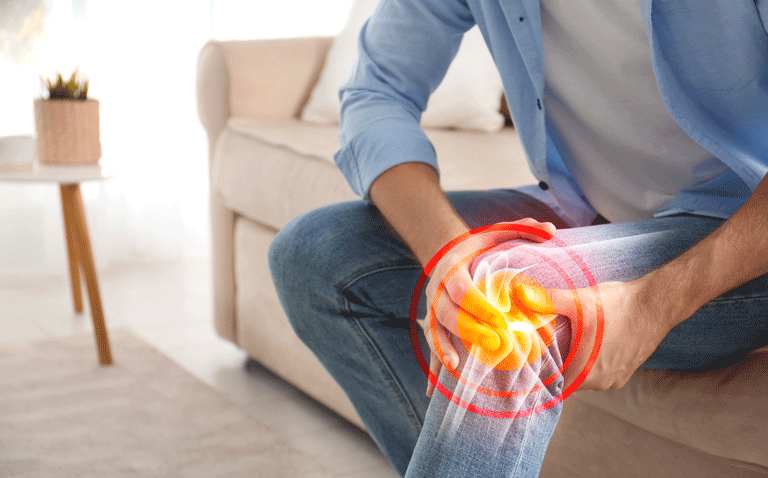A MRI derived radiomics nomogram helps predict whether patients with osteoarthritis are likely to see improvements in knee pain over 2 years
Using an MRI derived radiomics nomogram that also includes clinical patient characteristics helps to predict which patients with knee osteoarthritis are likely to see improvements in their pain over a 2-year period according to a study by Chinese researchers.
Osteoarthritis (OA) is a common condition that affects 7% of the global population which amounts to more than 500 million people. Although OA has been assessed conventionally using X-rays, an alternative is magnetic resonance imaging (MRI). In fact, it has been suggested that MRI is the best modality for imaging of osteoarthritis enabling visualisation of multiple individual tissue pathologies relating to pain and also to predict clinical outcome. When Chinese researchers undertook a randomised trial to examine the effect of vitamin D on OA knee pain, compared with placebo, there were no significant differences in MRI-measured tibial cartilage volume or knee pain score over 2 years. However, in a post-hoc analysis, 64% of vitamin D participants 57% of placebo participants achieved a 20% improvement in knee pain score over 2 years.
Give that a fifth of participants had actually seen an improvement in their knee pain, researchers wondered how it might be possible to identify those patients who were likely to benefit from vitamin D. They decided to create a radiomics nomogram based on MRI-derived features of subchondral bone together with clinical factors and which could be used to predict an improvement over 2 years in knee OA pain. The team used data from the VIDEO study of knee osteoarthritis in which participants had an MRI scan at baseline and after 24 months. The primary outcome was knee pain, and which was assessed using the WOMAC score. The team used MRI data to create a radiomics model which was trained and then validated with separate cohorts from the VIDEO trial. The data from the model was then used to produce a nomogram for predicting osteoarthritis knee pain improvement over two years. The model was assessed based on the area under the receiver characteristics operating curve (AUC).
MRI derived radiomics model and prediction of knee pain
A total of 216 patients with mean age of 68.3 years (47% female) were included and 172 were used in the training cohort, of whom, 78 had no improvement in pain and the remainder used in the validation cohort.
Only two variables, female gender and baseline total knee pain score were significant predictors of an improvement in knee pain over 2 years and were used in the clinical model, together with vitamin D supplementation. The MRI derived model included a radiomics signature and the two significant clinical variables.
In the validation cohort, the nomogram had a higher AUC than the clinical model (0.83 vs 0.71) for the prediction of knee pain improvement although this difference was not significant (p = 0.08). In addition, the use of a decision curve analysis confirmed the clinical usefulness of nomogram.
The authors concluded that their radiomics-based nomogram which comprised the MR radiomics signature and clinical variables achieved a favourable predictive efficacy and accuracy in differentiating improvement in knee pain among OA patients.
Citation
Lin T et al. Prediction of knee pain improvement over two years for knee osteoarthritis using a dynamic nomogram based on MRI-derived radiomics: a proof-of-concept study. Osteoarthritis Cartilage 2022










